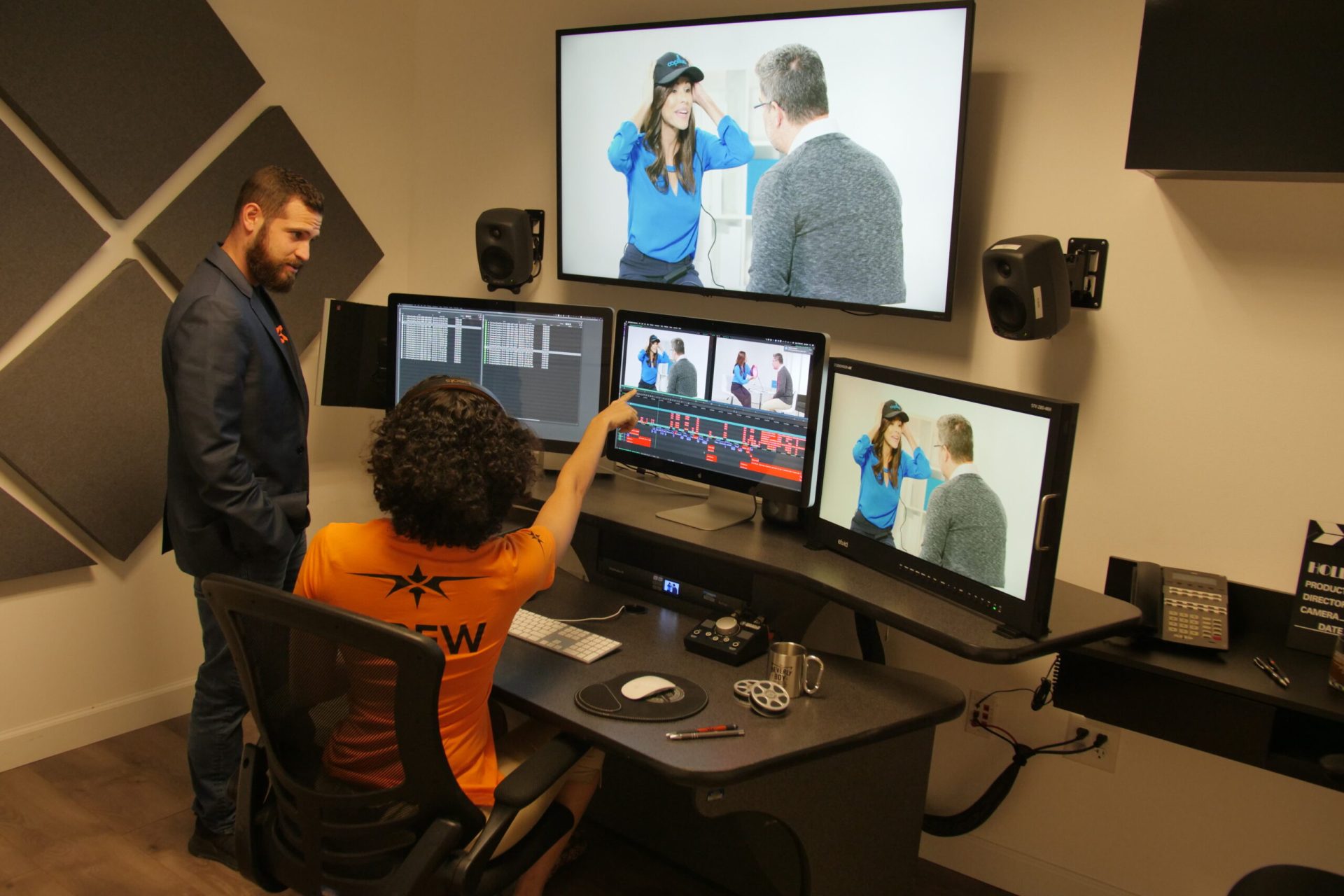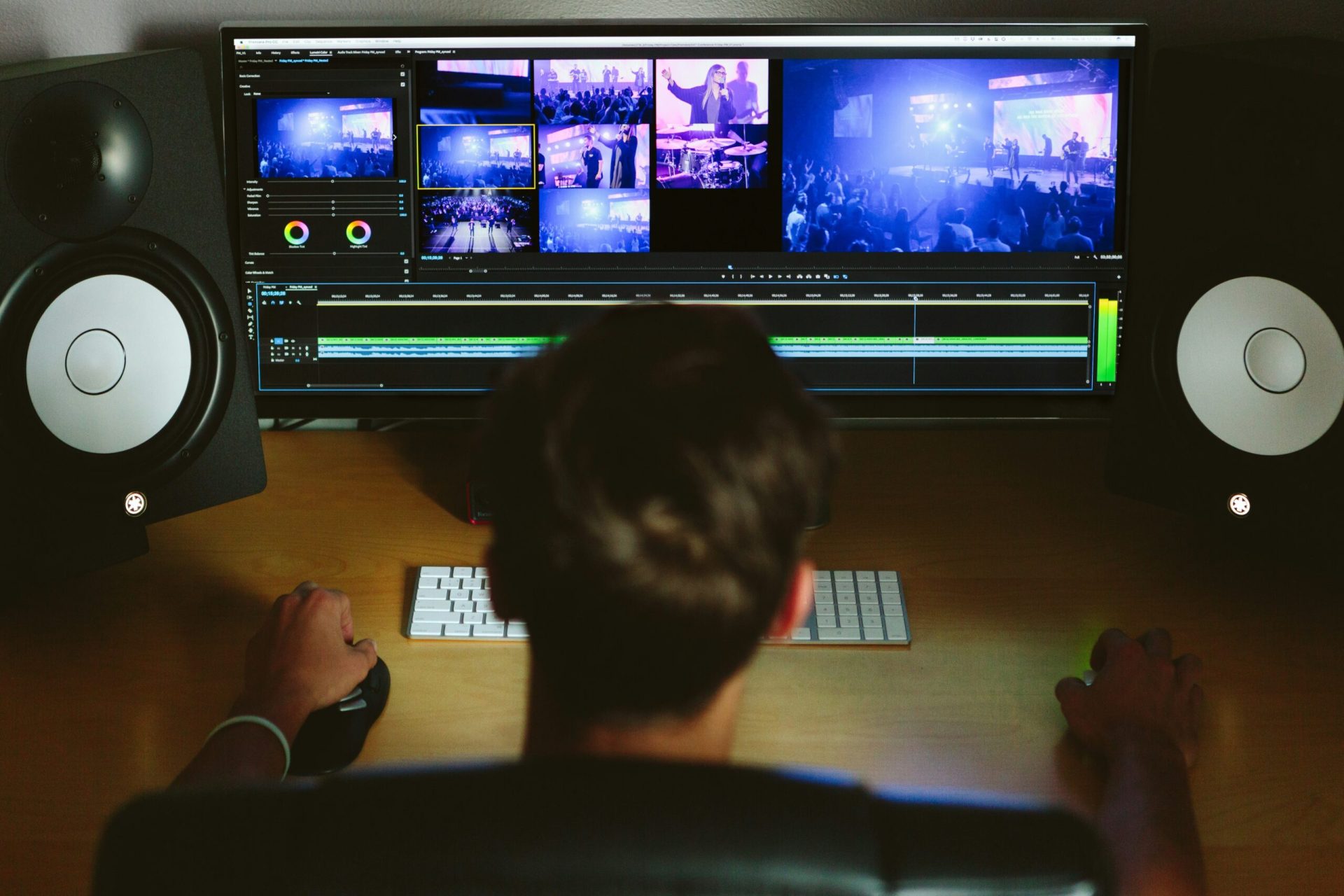What is Disjunctive Editing in Film?
When editing a film there are different styles that film editors can use in order to create the desired outcomes. Generally speaking, continuity editing and discontinuity editing or disjunctive editing are the two primary editing styles used by filmmakers in order to achieve the desired finished outcomes with film and video. However, we frequently see continuity editing take the lead in terms of how often the two styles are incorporated into today’s filmmaking and disjunctive editing seems to be less frequented. But, what is disjunctive editing in film and why is it not as frequently incorporated into films as continuity editing is?
What is Disjunctive Editing in Film?

Disjunctive editing in film represents a unique style of editing in which, rather than achieve a continuous flow of time through editing, the filmmaker will instead take steps to create a discontinuous sequence that deliberately arranges shots in a way that would otherwise seem out of order or out of place for the viewer.
Unlike continuity editing, which attempts to create edits that the audience will not recognize so that the shots and sequences transverse a traditional narrative and have a natural, almost invisible flow, disjunctive editing arranges shots in a very untraditional, unnatural, and potentially confusing manner, but why?
Why would a filmmaker or film editor seek to include disjunctive edits as opposed to continuity? Particularly, why would the editor find that discontinuity of spatial temporal edits and time would render a “better” outcome than the use of continuity in space and time?
What is the Purpose of Disjunctive Editing in Film?
As we seek to answer the question, ‘What is disjunctive editing in film?’ it’s equally important to explain why a filmmaker would find disjunctive editing more appropriate than continuity editing. The purpose of continuity editing, as we have explained in the past, is to create a logical flow of shots and a sequence of narrative events which is coherent and which essentially distracts the viewer from focusing his or her attention on the juxtaposition of shots and scenes so that they can focus on the consistency of the story across a distinct physical time and place.
However, disjunctive editing seeks to achieve the exact opposite of continuity editing. In fact, disjunctive editing, sometimes referred to as discontinuity editing, appears to instead create a disconnect in which the audience can’t help but to focus on the juxtaposition of the images and shots as they appear out of place or as if they do not fit with one another.
Does disjunctive editing have a purpose, then? And if so, what is the purpose of disjunctive editing? The purpose of disjunctive editing is to create discontinuity such that a film is edited so that two sequential shots of a subject are taken from various camera positions such that they vary only slightly and thus violate the 30 degree rule of continuity editing.
This form of editing violates what viewers expect by imposing visible editing that draws attention to itself and creates a discontinuity. The idea of disjunctive editing was to make the viewer aware of the filmmaker’s abilities and the work that goes into actually filming a video. Disjunctive editing may be used for psychological purposes, too. In fact, many films that have used disjunctive editing in the past have done so to challenge the audience into thinking more viscerally about what they are seeing on the screen.
You might recall that the montage is a form of disjunctive editing as is distanciation which represents a form of alienation. The alienation effects used by editors that choose disjunctive editing are often chosen for the mere purpose of causing the audience to think, long and hard, about what they are seeing. In fact, the idea of distanciation, or alienation effects, are the result of theories that were introduced by German playwright Bertolt Brecht. The playwright advocated for filmmakers to show the individual parts of a film that were put together in order to create the final work so that the work could not be consumed without thought.
Techniques Used in Discontinuity Editing in Film

When discontinuity editing in film is employed a variety of techniques may be used. The most common discontinuity editing techniques include the jump cut and freeze frame but you’ll also notice that discontinuity editing may impose things like:
- Nondiegetic inserts
- The repetition of shots
- The repetition of events
- Any editing that violates the set rules of continuity
- The use of temporal jumps
- Calling attention to a cut through spatial tension
Instances of Disjunctive Editing in Past Films
While we don’t see a lot of disjunctive editing in films these days, there are some instances in past films in which there is clear disjunctive editing at play. The following films incorporated the use of disjunctive editing in some areas:
- Eternal Sunshine of the Spotless Mind
- The Exorcist
- Vertigo
- Exit Through the Gift Shop
- The Texas Chain Saw Massacre
So, what is disjunctive editing in film and why is it not the chosen editing style for most films? Disjunctive editing, or discontinuity editing, in film represents a style of editing in which the purpose is to cause confusion, thought, or a disconnect in which the narrative is not delivered in the traditional manner but rather steps are taken to show the distinct editing of shots and scenes calling attention to the effort and work that was put in by the filmmaker while equally calling upon the audience to think about what they are seeing. Disjunctive editing, unlike continuity editing, creates a disconnect in temporal space and time which makes it difficult to deliver a narrative that the audience will understand. Thus, it’s not typically the chosen method of editing, although it has been incorporated into some past films in order to draw audience attention.

